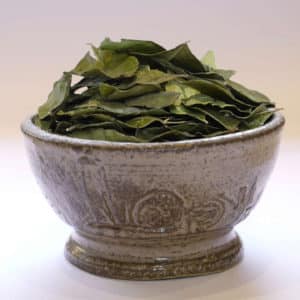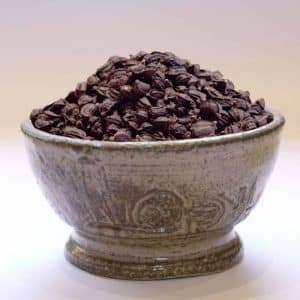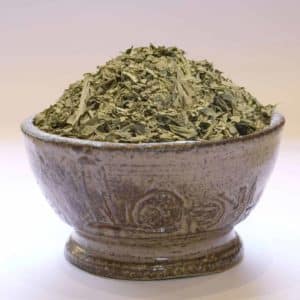1
- ONLINE GROCERY
- OUR HISTORY
- BLOG
- CONTACT
- MY ACCOUNT
- PRO
4,20 €56,40 € /kg
Organic cayenne pepper from northern India, a powder with 10-15,000 SHU on the Scoville scale, a chili powder that's strong enough but not too strong.

Let's be clear: Cayenne, a French commune in French Guiana, has never produced chillies, so why is this pepper named after it?
The second belief is that chillies come from Asia, particularly India. Not true.
Peppers come from South America, as do potatoes and tomatoes (and many other plants in the Solanaceae family).
Peppers were discovered and imported to Europe during the Spanish and Portuguese conquest of the West.
Christopher Columbus, who thought he was discovering the Indian continent and its peppers, in fact discovered "only" South America and its chillies!
So it was in August 1498, on his third voyage, that he discovered French Guiana and brought back, among other things, Cayenne peppers.
For centuries, chillies from the American continent crossed the Atlantic to flood Europe and then Asia.
It was the Portuguese who introduced the chilli pepper(s) to India, and its cultivation in the Goa region, then in the south and throughout the country.
In just a few centuries, India has become the world's leading producer of chillies, far ahead of South America, mainly in the Telangana and Karnataka provinces in south-central India.
It's worth noting that chillies were introduced to France in the South West, mainly in a certain commune called Espelette, in the middle of the 17th century. Farmers used chillies to preserve meat, but also for coloring. They soon found the famous chili pepper so dear to Espelette: the Gorria variety.
Pepper species
There are five species of domesticated peppers, recognizable by their flowers, among other things:
In addition to these domesticated species, there are 23 species of wild chillies, generally small-fruited, which can be spread by birds, the natural vectors of their reproduction.
Pepper Varieties
Here is a list of cultivated pepper varieties, some of which are very popular:
| Weight | ND |
|---|---|
| Continent-Country | India |
| Color | Brown-red |
| Force | Powerful |
| Botanical nomenclature | Capsicum annuum L. |
| Grinding | fine |
| Weight |



|
Message important – Livraisons de Noël À partir du 15 décembre, pour toutes les commandes destinées à être des cadeaux de Noël, merci de privilégier les modes de livraison express : Point Relais Express, Colissimo ou Chronopost. Cela garantira une réception dans les délais pour les fêtes. |